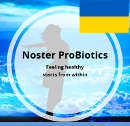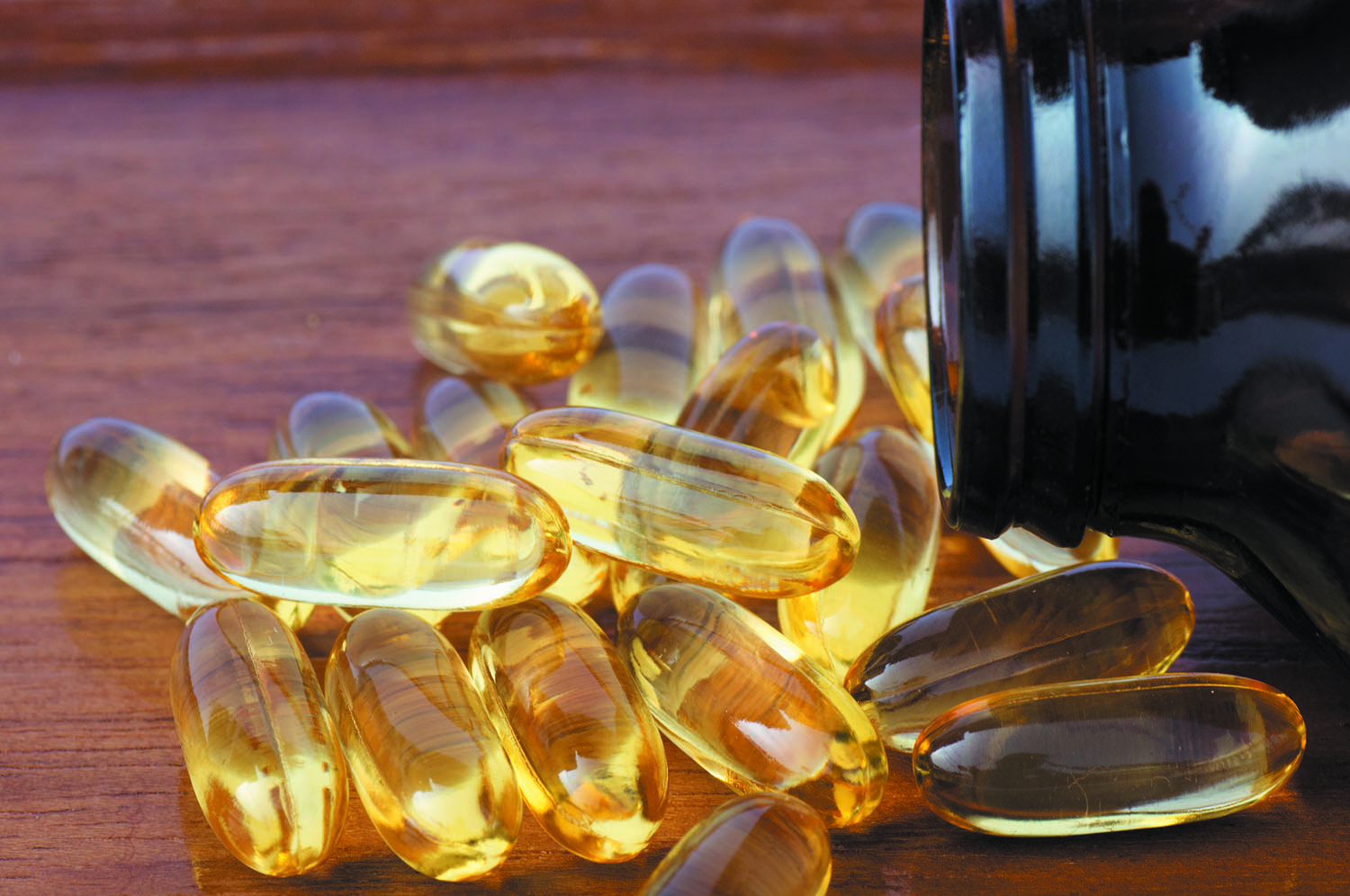This is a brief, layman’s review on Vitamin and Covid-19. It focuses on the benefits if any, of Vitamin D in the fight against Covid-19. It doesn’t discuss Vit D many roles in the body.
In South Africa, we have an abundance of sunlight, unlike Europe and some states in the USA. Because of this if you spend around an hour in the sun the UV light from the sun will breakdown cholesterol in Vitamin D for you. This will be enough for your Vitamin D requirements.
Those who need to supplement in South Africa are
- the elderly
- people who stay indoors a lot, but you would have to be a hermit. Walking around the garden, to and from your car etc would be enough. In the United Kingdom, half an hour in the sun is enough to recharge your Vitamin D levels. So in South Africa, it would be much shorter
- people who use too much sunblock
- dark skin. This is true for dark-skinned people living in the United Kingdom, Europe and other cold climates, not South Africa
The reason it has got so much attention.
Vitamin D has a great many very important uses in the immune system. This has got people clambering for more.
But like everything else, there’s a law of diminishing return, which means the effect increases with the dose until a point then doesn’t get any better, starts to get worse or the adverse effects start to overwhelm the benefits.
This is particularly true to Vitamin D. Too much is hazardous to your health.
The important uses are
- reduces the risk of all microbial infections and death
- important positive effects in viral infections such as flu and HIV
- it increases the expression and concentration of ACE2 (The Covid-19 virus attacks the ACE2 receptors on the cell)
- protects against acute lung injury/acute respiratory distress syndrome
- it is known to have antiviral effects but the data is sketchy on this
Vitamin D and the Immune Response
Vitamin D reduces the risk of infection and death due to microbes.
It achieves this in three ways
- physical barriers,
- cellular natural immunity,
- adaptive immunity
Vitamin D assists in the maturation of macrophages, cells of the immune system. It also prevents them from releasing too many cytokines helping to prevent one of the causes of death in Covid-19 patients, the cytokine cascade or cytokine storm.
Required Levels of Vitamin D
The dose of 400–800 IU or 10–20 µg (micrograms or 10 -6 of a gram) of vitamin D should meet the needs of 97–98% of healthy people. But taking a little higher may be a benefit at the moment if other factors in your life a not so great, such as exercise, weight and taking a daily probiotic.
Institute of Medicine (IOM), the following values determine your vitamin D status as
- Deficient: Levels less than 12 ng/ml (30 nmol/l).
- Insufficient: Levels between 12–20 ng/ml (30–50 nmol/l).
- Sufficient: Levels between 20–50 ng/ml (50–125 nmol/l).
- High: Levels greater than 50 ng/ml (125 nmol/l).
ng/ml stands for nanograms/millilitre or 10 -9 grams/10 -3 litres in other words very very little
Some studies have shown an optimum blood level to be 30 ng/m.
| Life Stage | Recommended Amount |
| Birth to 12 months | 10 mcg (400 IU) |
| Children 1–13 years | 15 mcg (600 IU) |
| Teens 14–18 years | 15 mcg (600 IU) |
| Adults 19–70 years | 15 mcg (600 IU) |
| Adults 71 years and older | 20 mcg (800 IU) |
| Pregnant and breastfeeding women | 15 mcg (600 IU) |
Sources of Vitamin D
Sunlight is the number one source, it is the most efficient and only requires a relatively short exposure for your daily Vitamin D levels to be replenished.
Other food sources are
- Cod liver oil: 1 tablespoon contains 1,360 IU (34 mcg) or 227% of the RDA.
- Swordfish, cooked: 3 ounces (85 grams) contain 566 IU (14.2 mcg) or 94% of the RDA.
- Salmon, cooked: 3 ounces contain 447 IU (11.2 mcg) or 74.5% of the RDA.
- Canned tuna, drained: 3 ounces contain 154 IU (3.9 mcg) or 26% of the RDA.
- Beef liver, cooked: 3 ounces contain 42 IU (1.1 mcg) or 7% of the RDA.
- Egg yolks, large: 1 yolk contains 41 IU (1 mcg) or 7% of the RDA.
- Mushrooms, cooked: 1 cup contains 32.8 IU (0.8 mcg) or 5.5% of the RDA.
If you’re choosing a vitamin D supplement, find one that contains D3 (cholecalciferol). It is better at raising your blood levels of vitamin D
Overdose
Vitamin D is a fat-soluble vitamin, so it is stored in the body and your levels tend to increase so overdosing is a real problem and can result in serve consequences.
Do not take more than the recommended dose!!
Conclusion
Maybe its because I sell probiotics, I’m a little biased. I don’t think I am. I have tried to be as analytical as I can.
In a few people, it will be beneficial. These are the elderly etc as I said in the beginning.
For me, prevention is better than cure. I would recommend the following
- exercise, such as a walk or run in the morning. I don’t mean the gym. This will increase your breathing and exposure to the sun.
- eat a healthy diet. Add some of the foods that are high in Vitamin D
- spending your money on a probiotic, not a vitamin.
You can get our, Noster ProBiotic from our shop
Reference
Vitamin D and Covid-19: an update on evidence and potential therapeutic implications
What Is Vitamin D and Why Is It Important?What Is Vitamin D and Why Is It Important?
Vitamin D Fact Sheet for Consumers
Taking too much vitamin D can cloud its benefits and create health risks

